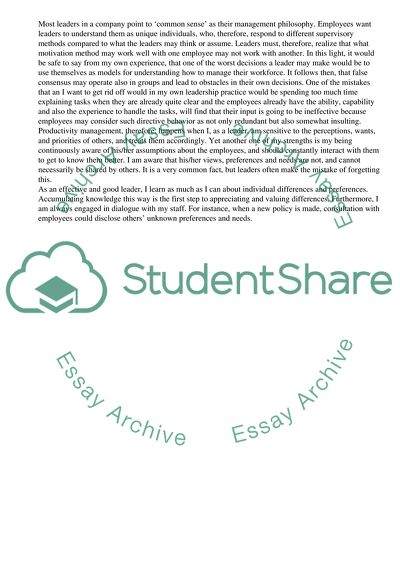Cite this document
(Focus on Human Resource Management Term Paper Example | Topics and Well Written Essays - 3000 words, n.d.)
Focus on Human Resource Management Term Paper Example | Topics and Well Written Essays - 3000 words. Retrieved from https://studentshare.org/management/1719209-strategic-leadership-management
Focus on Human Resource Management Term Paper Example | Topics and Well Written Essays - 3000 words. Retrieved from https://studentshare.org/management/1719209-strategic-leadership-management
(Focus on Human Resource Management Term Paper Example | Topics and Well Written Essays - 3000 Words)
Focus on Human Resource Management Term Paper Example | Topics and Well Written Essays - 3000 Words. https://studentshare.org/management/1719209-strategic-leadership-management.
Focus on Human Resource Management Term Paper Example | Topics and Well Written Essays - 3000 Words. https://studentshare.org/management/1719209-strategic-leadership-management.
“Focus on Human Resource Management Term Paper Example | Topics and Well Written Essays - 3000 Words”, n.d. https://studentshare.org/management/1719209-strategic-leadership-management.


